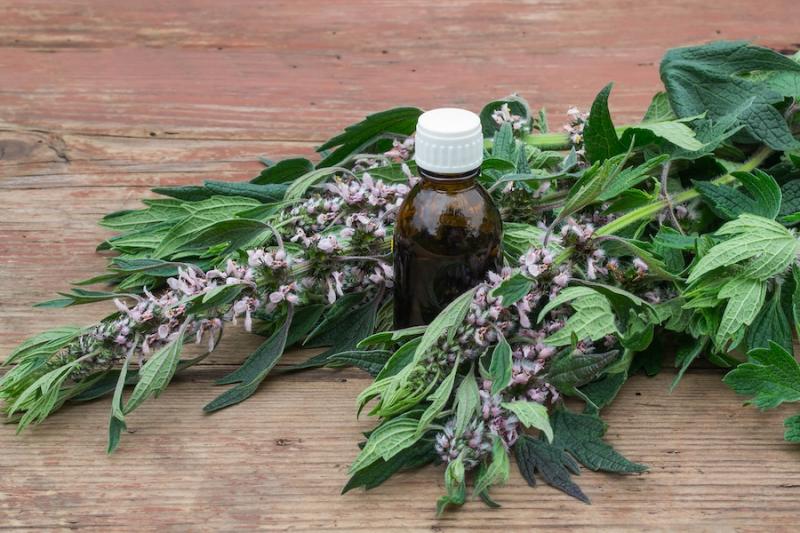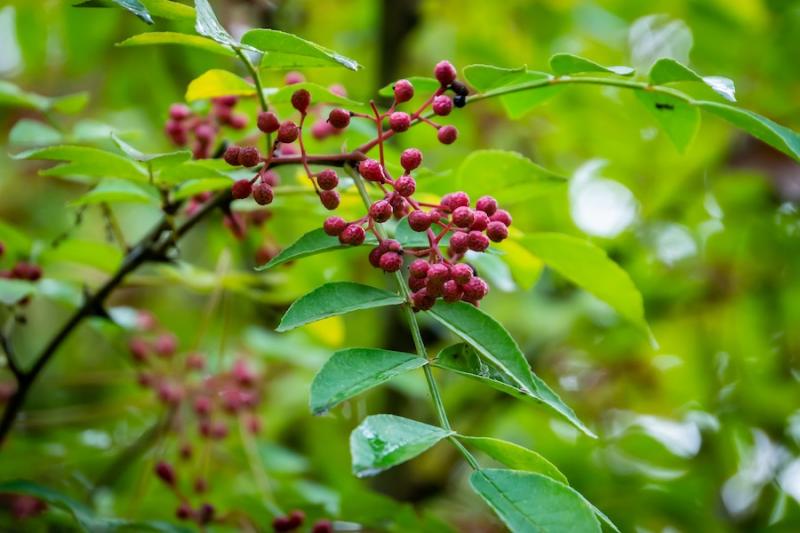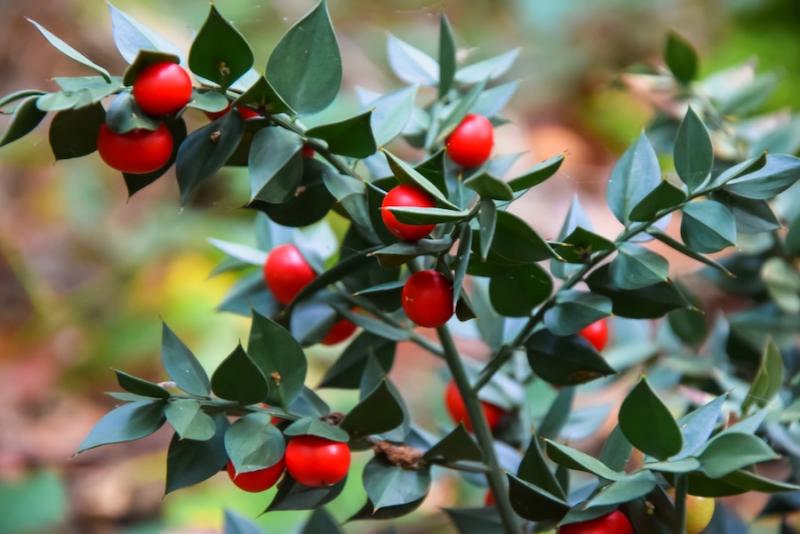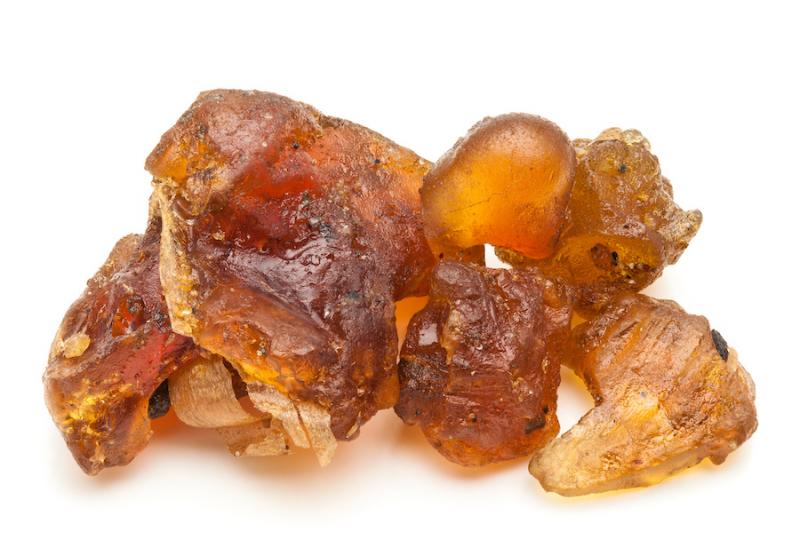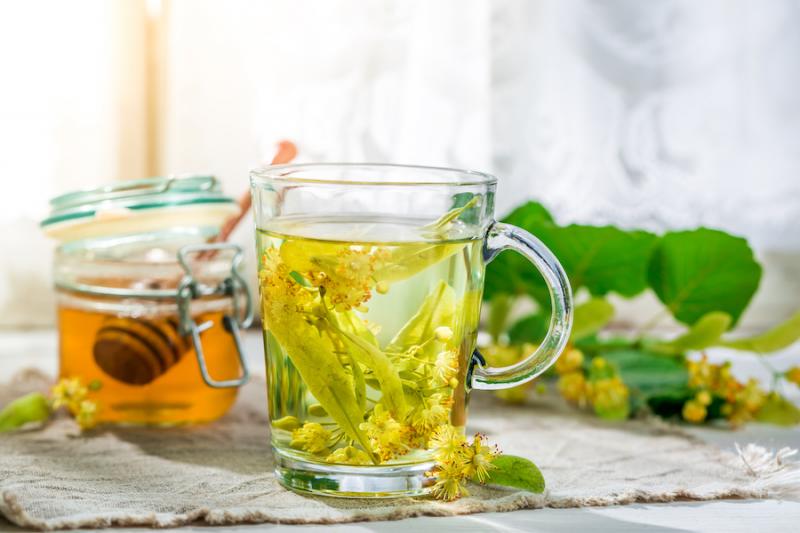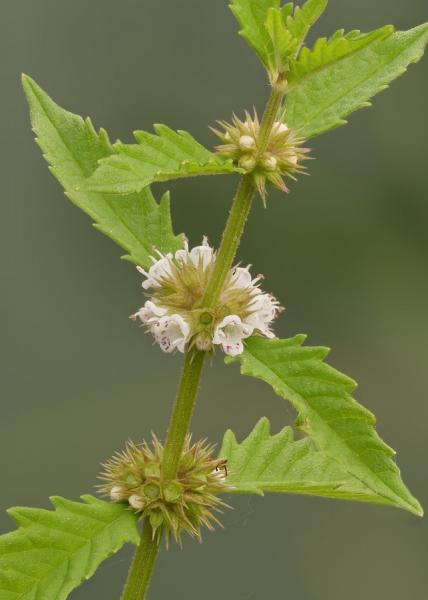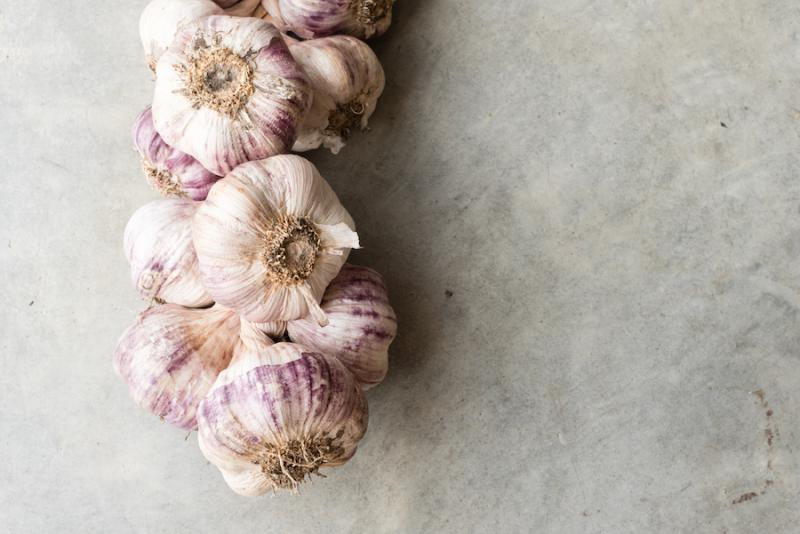- July 25, 2022
Motherwort
As you gain knowledge and experience using herbs, there are some remedies you’ll only use occasionally because you don’t have much need for them and others that you’ll use a lot because they have very clear indications for problems you encounter frequently. Motherwort is one of the latter remedies that I find I use frequently. I've used it with many people for a variety of health issues, and I've found it a reliable and effective remedy. Both the common and Latin names for this plant give…
- July 19, 2022
Prickly Ash
Good circulation is vital to the health of every part of the body. No organ or tissue can heal without it. This is why capsicum or cayenne pepper became such a popular remedy with many Western herbalists. By equalizing circulation throughout the system it helps the body heal from many different problems. Not everyone can tolerate the spicy hot taste of capsicum, even in capsule form, which is why I’m glad there’s another less well-known, but equally great herb for improving circulation, prickly…
- July 12, 2022
Improving Venous Circulation with Butcher's Broom
Butcher’s broom acts as a diuretic to remove excess fluid from the body. It contains compounds that lower cholesterol levels, inhibit thrombosis, reduce inflammation, and tone up the vascular system. Thus, it can help prevent atherosclerosis and aid people with chronic venous insufficiency (CVI).
- July 5, 2022
Guggul Resin
Guggul has a long history of use in India as an aid for weight loss, as an anti-inflammatory in arthritis rheumatism, and as a remedy for skin disorders such as acne. It has also been used for neurological diseases, hemorrhoids, and water retention.
- June 28, 2022
The Relaxing Power of Linden
Linden is a nervine that helps to soothe and sedate nervous irritation and calm stress. It’s useful for anxiety, nervousness, panic attacks, and hyperactivity. It calms the mind and helps to relieve stress-related headaches. It also helps indigestion due to stress and can help relieve neuralgia and dizziness.
- June 21, 2022
The Benefits of Enhancing Nitric Oxide
Nitric oxide (NO) is a simple molecule composed of one atom of nitrogen and one atom of oxygen. It is highly reactive and only lasts a few seconds in the body after it is created, but it plays a critical role in overall health because of its ability to enhance blood flow.Enhancing NO levels can help improve circulation, lower blood pressure, reduce inflammation, enhance exercise and improve overall health.
- June 7, 2022
Garlic for Cardiovascular Health
Located just south of the bay area, Gilroy, California is known as The Garlic Capital of the World. This summer it will host the 42nd Gilroy Garlic Festival where tens of thousands of people will come to celebrate this culinary and medicinal herb. California grows 84% of America’s garlic, and much of that is grown in the area around Gilroy. I’ve been through that area many times and stopped at the many roadside farm stands which proffer a wide variety of produce, along with bags and braids of…

